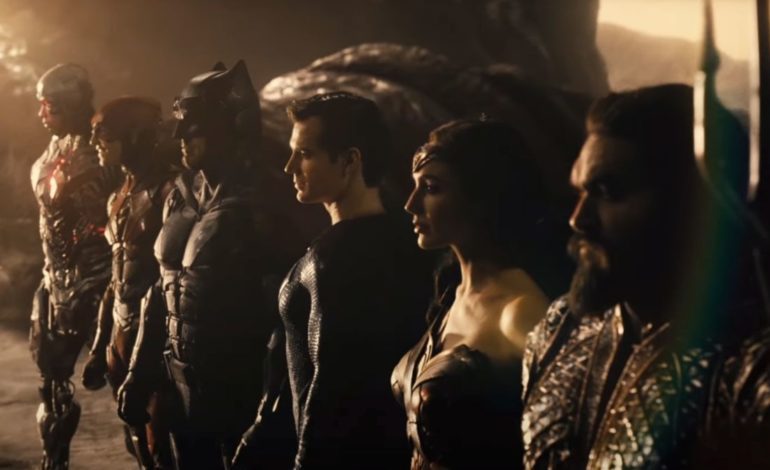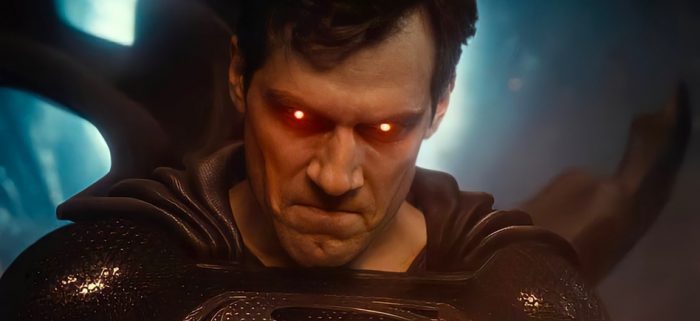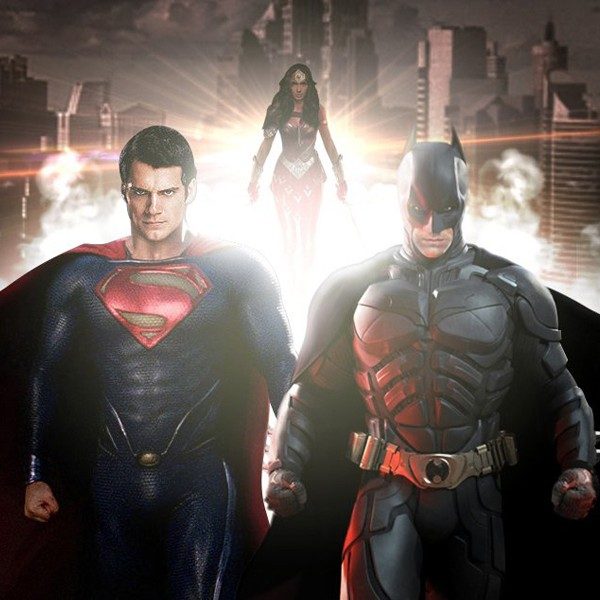

DC Comic’s foray into the world of cinematic universes has been rocky to say the least. It started in 2013 with the release of Man of Steel, directed by Zack Snyder. The film was decent success at the box office and was met with mixed critical reception. Some loved the film while others saw it as a poor attempt at adapting the character of Superman. Many others simply saw the film as just okay. The next two films, Batman v. Superman: Dawn of Justice, and Suicide Squad directed by Zack Snyder and David Ayer were met with much more negative reception on the whole. Patty Jenkins’ Wonder Woman in 2017 was met much more positively, and anticipation built for the release of Justice League later that year.
Justice League itself was plagued with several issues as well. The film was already having to battle against the aforementioned negative reception. Zack Snyder was set to direct but the pre-production period was filled with rewrites that clashed with the initial outline of the film. After the death of his daughter, Snyder stepped down from the film, leaving it in the hands of Avengers director Joss Whedon. Whedon oversaw extensive reshoots that dramatically altered the tone and pacing of the film. In recent months, Cyborg actor Ray Fisher has called out Whedon’s behavior on set, referring to it as “abusive and completely unacceptable”. Fisher has also called out other executives at Warner Bros. and DC, citing them as complicit in the negative atmosphere fostered on set.
When Justice League finally did release, it was met with mixed reviews and underwhelming box office returns. It failed to break even and the final film came in under two hours on account of a studio mandate. Many criticized the film’s uneven tone and pacing, caused in large part by the clashing visions of Snyder and Whedon. Despite their mixed to negative reviews, the previous Zack Snyder DC films had a strongly devoted following. Many of them began to demand that DC “release the Snyder cut” of Justice League, feeling the film’s constant rewrites and reshoots went against the original vison Snyder had. The fan movement garnered a lot of attention on social media, and the people involved were incredibly dedicated to their goal. There were letter writing campaigns, billboards, and even flying banners all crying out for Snyder’s version of the film. The movement would see its fair share of hostility and toxicity though. Many journalists were harassed by overzealous fans and even DC Comics executive Diane Nelson resorted to deleting her twitter to avoid harassment.


It’s important to note that for a majority of the movement’s lifetime there was no concrete proof that a Snyder cut even existed, and many did doubt its existence. With so much of Snyder’s footage being left on the cutting room floor during post-production, there was a good chance that most of Snyder’s planned work was never actually realized in a viewable form, especially the effects heavy scenes that required extensive CGI work. There wasn’t anything concrete until early 2019 when Snyder posted photos of tapes that seemed to contain his version of the film. At this point Warner Bros was still not planning on releasing the film and even Snyder doubted it would see the light of day. Later that year however, internal discussion began to unfold at Warner Bros, with studio executives acknowledging the social media campaign for Snyder’s cut, as well as seeing the film as an opportunity to give a significant addition to the HBO Max streaming platform. Many people’s initial hypothesis were right. Many of the film’s scenes remained unfinished and at first Warner Bros considered releasing the unfinished version. Snyder objected however, insisting that film be fully realized.
In May 2020, it was finally officially confirmed that Zack Snyder’s Justice League would release on HBO Max in March of 2021. The previously unused scenes would be touched up and additional new footage was filmed later that year. The final product is set to be around four hours long, and promises to feature entire characters and plotlines not found in the 2017 theatrical release. A number of classic DC Comics characters are set to appear, including the Joker, Martian Manhunter, and Darkseid, none of whom made their way into Whedon’s cut of the film. News of the Snyder cut coming to fruition lit the fan movement aflame, even surprising many industry insiders and experts. Director’s cuts are nothing new, not even for DC Comics films, i.e. Superman II, but many were shocked to see it actually come to pass.
There was some pushback. Many film journalists saw the move as a shameless pandering to fans, and that it rewarded a social media campaign that consisted of several instances of harassment and toxicity. Executives at HBO have pushed back against this line of thinking, but it’s not hard to imagine that many overzealous fans of all sorts of media will see this as justification for this type of online harassment. There are of course plenty of people simply passionate about seeing Snyder’s original vision, but one cannot ignore the fact that many people did engage in this bullying behavior.


One of the most interesting takeaways from this whole movement is how exactly it will impact things in the film industry going forward. As I mentioned earlier, there’s already concern that this will facilitate more harassment campaigns, but there’s also an interesting discussion to be had about director vision versus studio mandate. It’s important to realize of course that Snyder left the film for personal reasons beyond his control and the most significant creative changes were made under the film’s new director. Even before he left, Snyder had already clashed a bit with studio and it’s likely that some of the same executive mandates given to Whedon would have been forced on Snyder as well. Many of the most ardent Snyder Cut supporters saw these mandates as intrusions blocking artistic vision. No matter what one thinks of Zack Snyder’s style and approach or which version of the film they prefer, it’s impossible to deny that the final product differs greatly in tone and style from what Snyder is known for. Whedon’s more light hearted tone clashes quite a bit with Snyder’s grittier reality. No matter how the film shakes out, it’s certainly more likely to be a more thematically consistent piece.
A lot could happen depending on how successful the film is. If it does well and garners a lot of positive attention, will other studios take a similar approach to their films? Plenty of movies, especially from big studios, often are subject to similar feuds between creatives and executives. There have already been some push for a J.J. Abrams cut of The Rise of Skywalker, despite there not being much knowledge of what that would look like. Things could even be taken a step further. What about movies that only started production after the original director left due to creative differences or some other reason? Is there a world where we see the release of Edgar Wright’s Ant-Man? Or even Guillermo del Toro’s Pacific Rim 2? Only time will tell.
Zack Snyder’s Justice League is set to release about a month from the writing of this article. The film has garnered significant buzz on YouTube and across social media. A lot of it positive and a lot of it negative. Many are waiting with bated breath to see what the final product is like. What’s even more interesting will be the long term effects of this kind of social media movement and studio decision. Will this motivate other studios to produce these more elaborate and radical director cuts? And how will social media play into all of this? Will there be more campaigns, and if there are will they be in good faith or will they result to harassment and bullying. Only time will tell as we reach the final chapter in the long and complicated history of Justice League.

